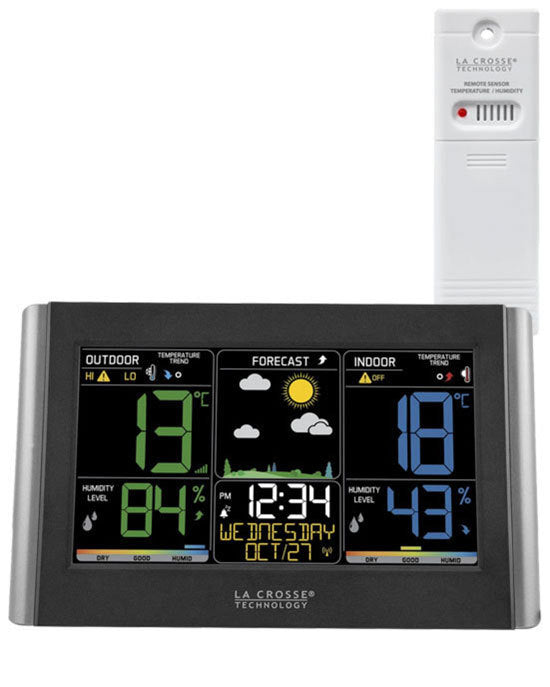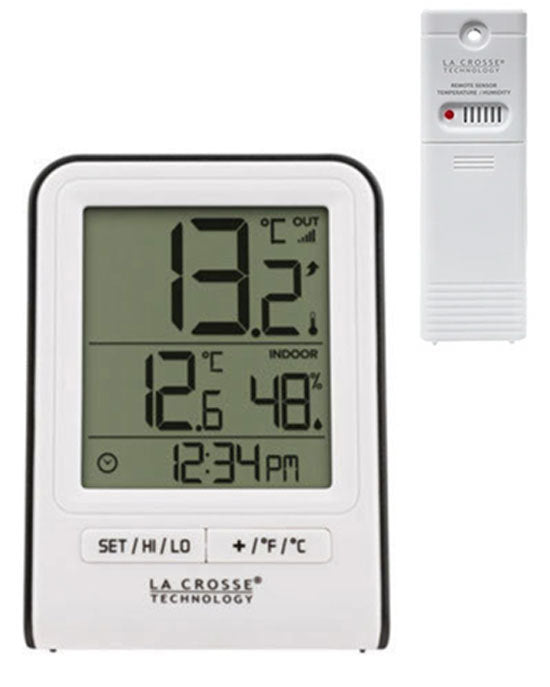Frequently asked questions (FAQ) - Lightning Detector
Who needs a personal lightning detector?
A StrikeAlert personal lightning detector is perfect for an advanced warning to approaching lightning for all outdoor sports, work and activities. Golf, swimming, baseball, soccer, hiking, walking, boating, camping, picnics, tennis, biking, hunting, and outdoor concerts are a few of the outdoor activities StrikeAlert is used for. Also people working outdoors in construction and farming have found StrikeAlert a valuable tool for personal safety.
Are the StrikeAlert units “waterproof”?
The StrikeAlert units are designed to be “weatherproof” - which means they can be used in all outdoor temperatures and will operate when exposed to an occasional light rain. If submerged in water (or covered in water) they may not operate accurately.
Do the StrikeAlert units come with batteries?
Yes, both units come with two AA batteries.
How long will the StrikeAlert units operate on their batteries?
Under typical operating conditions, StrikeAlert will operate up to 100 hours, and StrikeAlert HD will operate up to 80 hours.
Do the StrikeAlert units work Indoors?
While the StrikeAlert units will work indoors, their ability to detect lightning strikes can be affected by electromagnetic emissions.
I have heard thunder but have had no strike indication on my StrikeAlert, why is this?
The most likely explanation is that you are hearing thunder which is the result of cloud-to-cloud lightning. Like other lightning detection devices, StrikeAlert detects cloud to ground strikes only. Cloud-to-cloud strikes can occur during a storm as well as when the storm is forming. Anytime you hear thunder, you should use caution and seek shelter.
Is it possible for the StrikeAlert units to miss a strike?
StrikeAlerts are the most accurate detectors, by far, that we have tested. However, it is possible for StrikeAlert to miss a strike if it is in the presence of interference, if it is processing a strike while another strike occurs, or if the strike is a cloud-to-cloud strike. The careful user will use StrikeAlert as a trending device - knowing what range of distance the storm is in, watching to see if the storm is approaching, and seeking shelter when the storm is within 6 miles (as recommended by the National Lightning Safety Group).
When I search on the Internet, I come across ‘StrikeAlert 1’ and ‘StrikeAlert 2’. Are these different units?
A few online resellers made up the name ‘Strike Alert 2’ to denote an updgrade we made to the unit in May of 2005.
Can cell phones cause interference for StrikeAlert detectors?
Some cell phones have strong electromagnetic emissions and can cause interference for the detectors. If you are carrying both a cell phone and a StrikeAlert while outdoors, wear, carry or stow them on opposite sides of your body. This is usually an adequate distance to eliminate interference. See the product pages for more information on interference.





Share and get 15% off!
Simply share this product on one of the following social networks and you will unlock 15% off!